Theme and Symbols
Themes and symbols are powerful tools that add depth and meaning to your story. They work behind the scenes, shaping your narrative and leaving lasting impressions on your audience.
On this page, we'll explore:
- What themes are and how they develop in your story
- How to craft effective themes
- Using symbolism to reinforce your themes
- Integrating these elements with your plot and characters
Let's dive in.
Defining Theme
A theme is a statement that expresses a universal notion, feeling, or affirmation about life or human nature.
It's more than just a topic; it's an argument or opinion about that topic. For example, instead of simply "War" or "Love," a theme makes a statement like "War is destructive to human values" or "Love requires sacrifice to endure."
Writer Chuck Wendig captures this idea, describing theme as your "FEELINGS and OPINIONS...[the] hidden arguments going on behind the walls of the story...Every story is an argument."
Themes embed themselves into the structure and storyline through actions, dialogue, and imagery. They naturally arise through choices, whether you consciously craft them or not:
- The choices we make as writers reflect our beliefs and opinions
- The choices our characters make within the story
This is why we must be conscious of what we write. Our characters might sometimes make choices we wouldn't personally make (e.g., using violence to solve problems). In these instances, we need to decide whether we want to commit to this choice, make a statement about these choices, or control them to align with our intended theme.
However, don't stress if you can't identify your themes immediately. Themes often reveal themselves gradually as you write, and sometimes they only become clear after you've finished a draft. The key is to remain open to the thematic possibilities your story presents as it develops.
Finding Your Theme
Theme development can occur through both structured approaches and intuitive processes. You can consciously develop your theme from your story, characters, or begin with the theme itself. Alternatively, you might find that themes emerge naturally as you write. Regardless of your approach, the key is to ensure that the story, character, and theme work together harmoniously.
Let's explore both structured and intuitive methods for finding your theme:
1. Starting with Story
At its core, a story is about a character wanting something, facing obstacles, and trying to overcome them. The theme emerges from this basic structure:
- What does the character want?
- What's standing in their way?
- Do they achieve their goal or not?
The answers to these questions often reveal your theme. For example:
- If a character desperately wants wealth but finds emptiness when they achieve it, your theme might be about the hollow nature of material success.
- If a character strives for love but keeps sabotaging their relationships, your theme could explore self-sabotage or fear of intimacy.
2. Starting with Character
Character-driven themes can arise from internal struggles or conflicts between characters:
- What internal obstacles or conflicts is the character facing?
- How do they change (or not) in response to these challenges?
- If you have multiple characters, how do their differing viewpoints clash?
For instance:
- A character wrestling with guilt might lead to a theme about redemption or self-forgiveness.
- Two characters on opposite sides of a moral issue could explore themes about the complexity of ethics or the dangers of absolutism.
In both approaches, the key is to look at what your characters want, what they're struggling with, and whether or not they achieve their goals. The theme often lies in your implicit commentary on these elements.
We'll explore more specific techniques for developing and reinforcing theme through story and character later on this page, including the use of opposing values and the WOARO method.
3. Starting with Theme
Begin with a theme that interests you and build your story around it. If you're struggling to identify a theme:
- Ask yourself what matters to you, what you're passionate about
- Consider what you want to say to the world
- Think about who you wish you could help more
Frame your thematic argument as (Topic) is (value) because (cause). For example, "Crime doesn't pay because justice prevails."
Considerations for Theme Selection
When selecting themes, avoid:
- Overused topics
- Banal or boring statements (e.g., "Being in love is nice")
- Topics without an audience
Always consider: Who are you speaking to? Is there an audience for your theme?
Deepening Your Thematic Exploration
To further develop your theme:
- Use the "five whys" method to unpack further meaning in your story
- Explore topics you're interested in, paying attention to areas of disagreement or controversy
- Continuously refine your draft to bring out the theme more effectively
Remember, theme development is an ongoing process. Be open to discovering and refining your themes throughout your writing journey.
4. Using Intuition
It's important to note that a structured approach isn't the only way to develop the theme. For many writers, the process is more intuitive:
- Themes and symbols emerge naturally during the writing process
- Connections are made intuitively as the story unfolds
- Some writers feel an emotional "chemistry" between elements without explicit planning
If this intuitive approach works for you, embrace it. While you may need to articulate your themes and symbols to others, never sacrifice the magic of your creative process.
To foster intuitive theme development:
- Practice freewriting: Write without stopping for a set time, allowing your subconscious to surface ideas.
- Try mind mapping: Start with a central idea and branch out, letting connections form organically.
- Pay attention to recurring images or ideas in your writing: These may be your subconscious highlighting important themes.
- Trust your emotional responses: If something feels significant, it often is.
Find a balance between conscious crafting and allowing your subconscious creativity to guide you. Both structured and intuitive methods can lead to powerful storytelling. The key is to discover which approach (or combination of approaches) works best for you and your story.
Remember, theme development is an ongoing process. Whether you're using structured techniques or relying on intuition, be open to discovering and refining your themes throughout your writing journey.
Use Story and Character to Communicate Theme
Depending on how you've begun your story (plot, character, or theme), use the tactics below to help build out the theme or to shape it and accentuate your points.
Use + / - Values to Show Your Theme
Structure your story events to move back and forth across the spectrum of your thematic argument. This approach allows you to show your theme through action and conflict, rather than telling it directly to the audience.
How to Implement:
- Identify your theme as an argument (e.g., "Crime doesn't pay")
- Recognize the positive (+) and negative (-) sides of this argument
- Create story events that embody these opposing viewpoints
- Alternate between these events to support and challenge the theme

An example using "Crime doesn't pay":
- (+) Crime pays because it's easy to steal.
- (-) Crime doesn't pay because the cops will find you.
- (+) Crime pays as long as you are willing to do whatever it takes to survive.
- (-) Crime doesn't pay because cops are willing to be corrupt to catch you.
This approach engages the audience more deeply than stating the theme outright. It also naturally reveals story structure and action escalation as the theme unfolds through contrasting events.
Show the Theme Through the Characters
Use your characters to embody different perspectives on your theme, creating a nuanced exploration of the central argument.
How to Implement:
- Identify your theme as a debatable statement
- Create characters representing different stances:
- Yes (agree with the theme)
- No (disagree with the theme)
- Not sure/No opinion (ambivalent or indifferent)
- Develop these characters' beliefs and actions to reflect their stance
- Create interactions that highlight these different perspectives
An example using the theme "Hot dogs are sandwiches":
- Yes (diehards, believers, analysts):
- "Once paired with bread, no matter what form it takes, it is absolutely to refer to it as a sandwich."
- "Sandwich is an umbrella term."
- "If Ruth Bader Ginsburg said it was a sandwich, then you are all stupid."
- No (haters, facts say otherwise):
- "It deserves its own category; sandwiches have their own category."
- "You wouldn't cut it in the middle."
- "If you say it's a sandwich, so is a taco."
- Not sure/No opinion (don't know, don't care, not willing to commit):
- "This is dumb."
- "Who cares?"
- "There are more important things to worry about in this world."
By creating characters with these varied perspectives, you can:
- Show multiple facets of the thematic argument
- Create natural conflict through opposing viewpoints
- Add depth to your story through character interactions
- Engage the audience by presenting relatable and diverse opinions
This approach allows you to explore your theme through character dialogue and actions, rather than direct statements, making the thematic exploration more engaging and organic.
Use WOARO to Develop the Theme
WOARO (Want, Obstacle, Action, Response, Outcome) is why the theme appears in your story, whether you intentionally try to include it or not. As your character works through their problem, they'll inevitably make value judgments, revealing thematic elements.
How to Implement WOARO
- Define your theme
- Use elements of WOARO to represent aspects of your theme:
- Wants and Obstacles often define the topic of your theme
- Actions and Responses represent the +/- values of your thematic argument
- The outcome represents the final value/cause of your theme
Breakdown of WOARO Components
Wants and Obstacles: Defining the Topic
- Inner and Outer Wants: power, money, happiness
- Inner and Outer Obstacles: prejudice, grief, depression
Actions and Responses: Representing +/- Values
- Characters' actions and responses move back and forth across the +/- values of your theme
- These can be physical actions or dialogue
- Remember, it's better to show the struggle of a theme than to tell it outright
Outcomes: Representing the Final Value/Cause
- These define your final ruling on the theme.
- Whatever the outcome is, and whether it is viewed positively or negatively by the audience, communicates your final judgment on the theme.
Example: "Sacrifice is necessary for progress"
- Want (Topic): The character wants to advance their career
- Obstacle (Topic): Advancing requires sacrificing time with family
- Action (+): The character takes on extra work, missing important family events
- Response (-): Family becomes distant, character questions their choices
- Outcome (Final value): The character finds a balance, realizing some sacrifice is necessary but not at the cost of all personal relationships
Benefits of WOARO
This method integrates your theme deeply into the story's structure, allowing it to unfold naturally through character development and plot progression. By being aware of how WOARO naturally reveals the theme, you can shape your argument more effectively throughout your story.
Create Multiple Storylines or Characters
As mentioned, most long-form stories contain multiple themes, often linked to the characters' different storylines or relationships. This approach allows you to explore various facets of your main theme or even multiple related themes.
How to Implement:
- Identify your main theme
- Create 2-3 storylines or character arcs that explore different aspects of this theme
- Develop each storyline with its own set of characters and conflicts
- Weave these storylines together, allowing them to comment on and contrast with each other

Example:
Let's say your main theme is "The nature of justice". You could create:
- A police officer storyline: Exploring the limits and frustrations of working within the law
- A vigilante storyline: Examining the appeal and dangers of taking justice into one's own hands
- A judge storyline: Delving into the complexities and sometimes unsatisfying nature of the legal system
Each of these storylines or characters can reflect different aspects of the theme, which can then be played against each other to reveal deeper meaning.
Remember, the resolution doesn't have to neatly tie everything together. The contrast between these storylines can leave your audience with thought-provoking questions.
Metaphor Trees
A metaphor tree is a conceptual tool for developing and organizing related symbols and metaphors in your story. Like a real tree, it starts with a seed—a central idea or theme—and grows outward, branching into various related concepts while remaining rooted in the original idea.
When constructing your story, it's beneficial to keep all your symbols and metaphors connected within the same thematic "tree." This approach ensures consistency and depth in your symbolism.
For example, if your central theme (the seed) relates to outer space, your metaphor tree might include branches related to:
- Celestial bodies (stars, planets, moons)
- Space exploration (rockets, astronauts, space stations)
- Cosmic phenomena (black holes, supernovas, galaxies)

In this case, you wouldn't suddenly introduce a symbol like a giraffe, as it doesn't grow from the same thematic root.
However, your metaphor tree can include contrasting elements, as long as they relate to the central theme. For instance, a story about space exploration might contrast the vastness of space (infinity) with the confines of a spaceship (limitation). These opposing ideas, while different, still branch from the same thematic trunk.
By cultivating a metaphor tree in your writing, you create a rich, interconnected network of symbols and metaphors that enhances the unity and depth of your story.
Other Patterns of Development
The theme can be stated in other forms than as an argument between two opposing ideas. Like an essay, there are other patterns of development:
- Increase in importance
- Increase in complexity
- Illustrate the complexity of a topic - show all aspects
- Division and classification - break the problem into pieces
- Comparison and Contrast - +/- values are shown through action (as discussed above)
- Analogy - comparison to another thing
- Cause-and-effect analysis - a breakdown of the cause-and-effect of the problem
- Process analysis - Show how a thing is made. It can help show the root causes of an issue
Alternative Story Structures
Different story structures can be used to consider a theme or be a representation of the theme:
- Causality vs. Coincidence
- Active vs. Passive protagonists
- Linear vs. Non-linear time
- Closed vs. Open endings
- Consistent vs. Inconsistent reality
- Change vs. Stasis
Symbolism
Now that we've explored the theme, let's examine how symbolism can help us show themes on the screen.
Using a visual or auditory cue can represent an abstract idea in a more poetic, clean, and precise way than we can with words and dialogue.
To show these symbols, screenwriters can use characters, dialogue, gestures, objects, sounds, colors, and locations to carry that meaning.
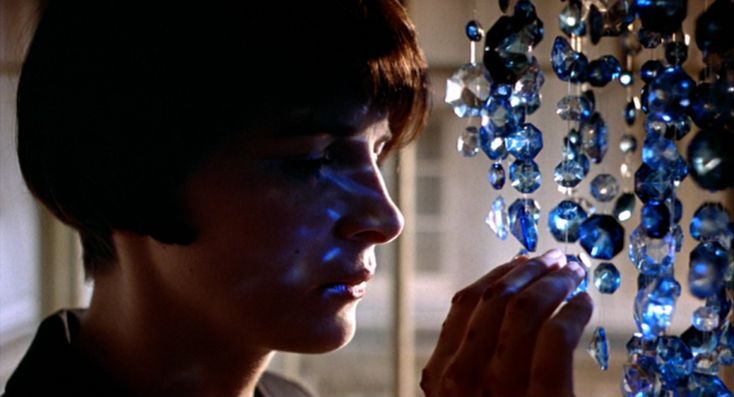

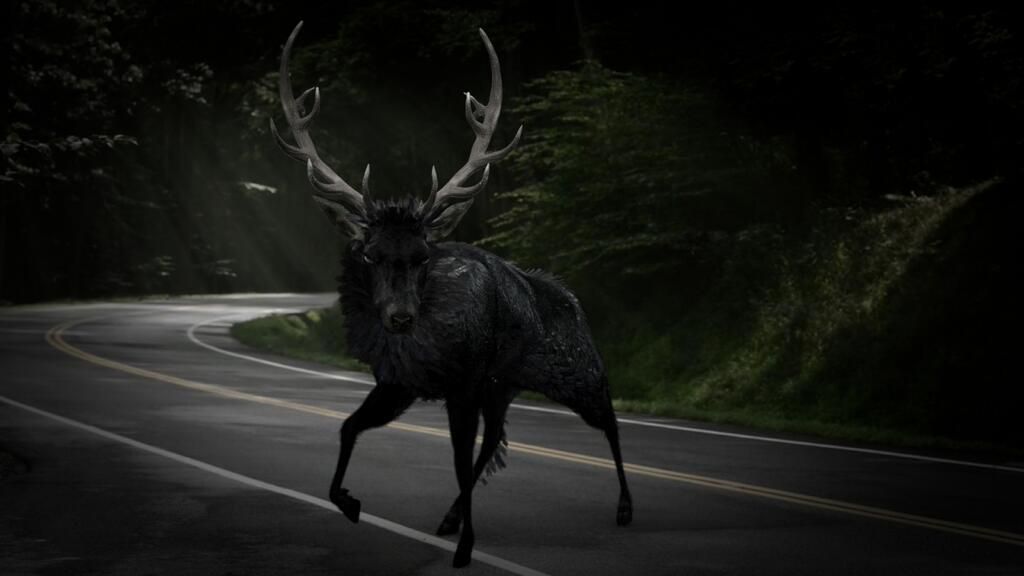

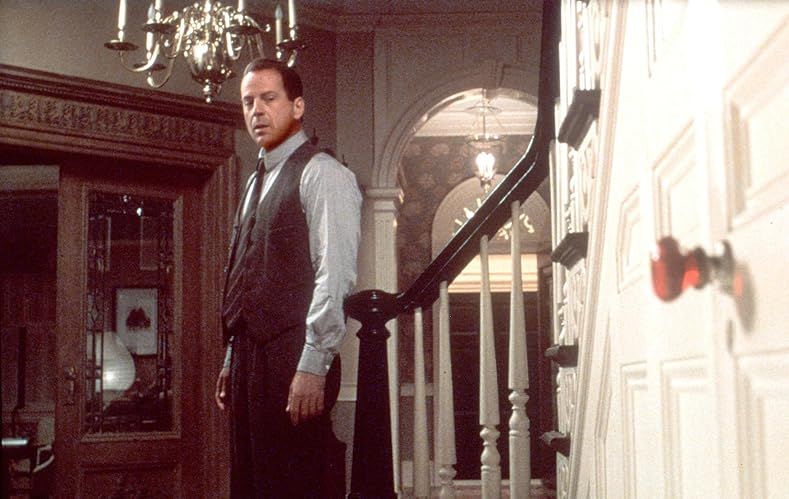

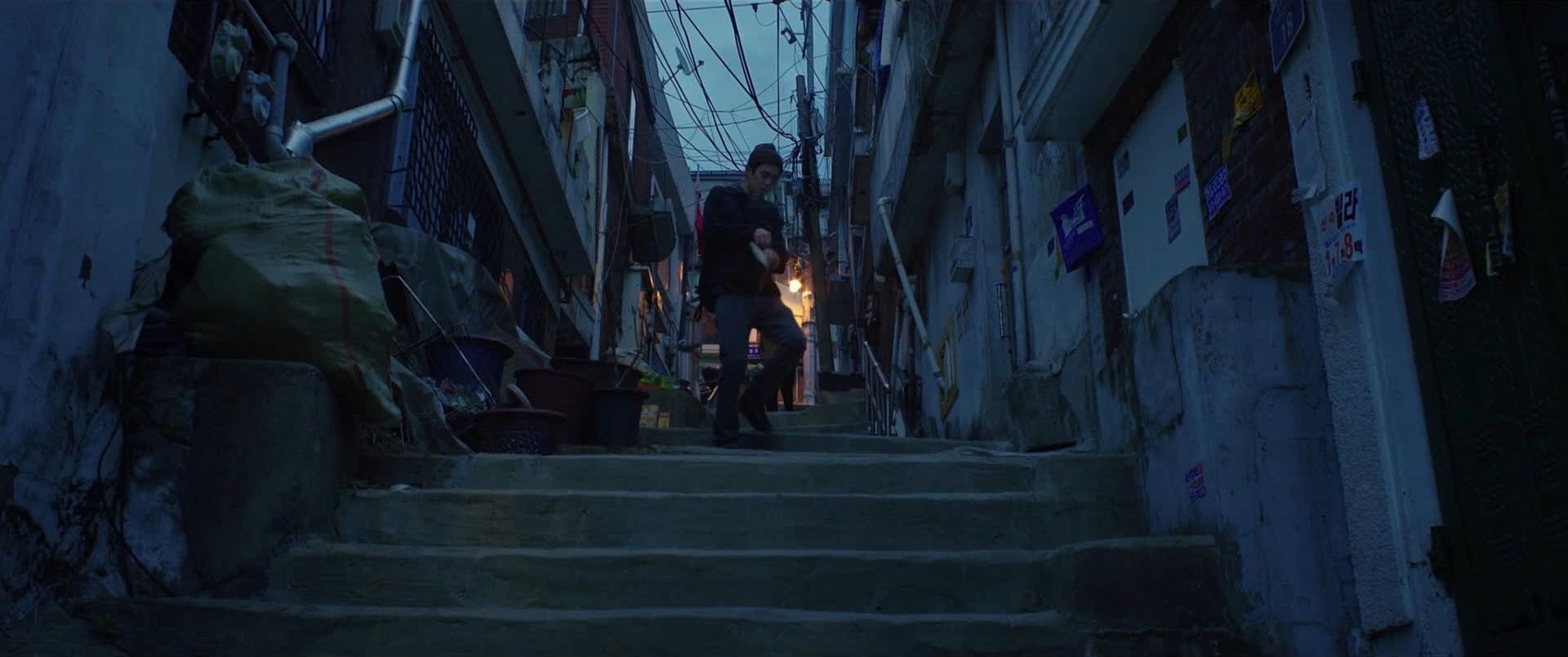
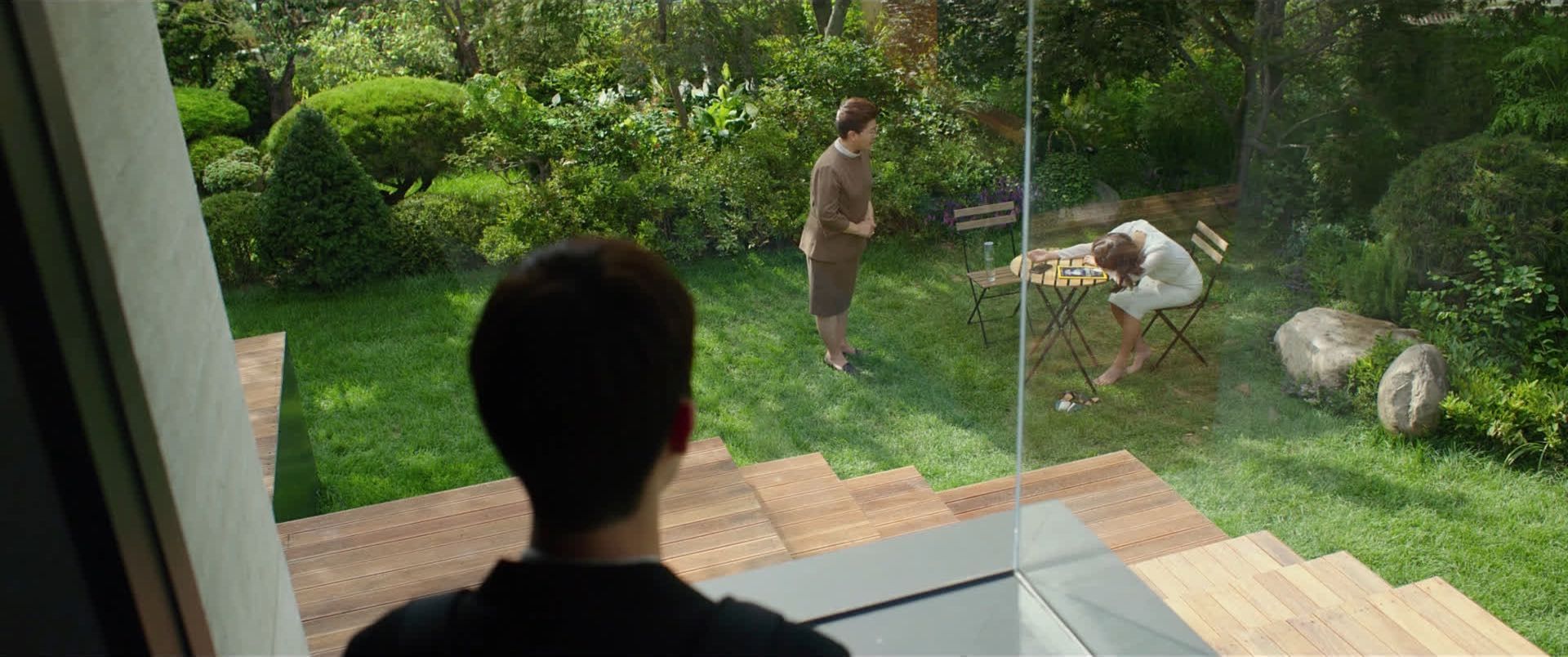
The colour in Blue and The Sixth Sense, the antlers in Hannibal, the feather in Forrest Gump, and the use of stairs and windows in Parasite.
To create meaning, we must create connective tissue between the symbol and what it represents. The easiest way is to connect it through interaction. For example, if an object is to convey a theme a character is struggling with, they must possess it, speak about it, or refer to it in some way while interacting with that theme.
Once we connect the image or sound to the idea, we can repeat it throughout the story to build on our theme or reiterate it if it's unchanging.
If you develop it, look at how the symbol grows, changes, diminishes, or is destroyed throughout the script. What does this say about the theme or relationship it represents?
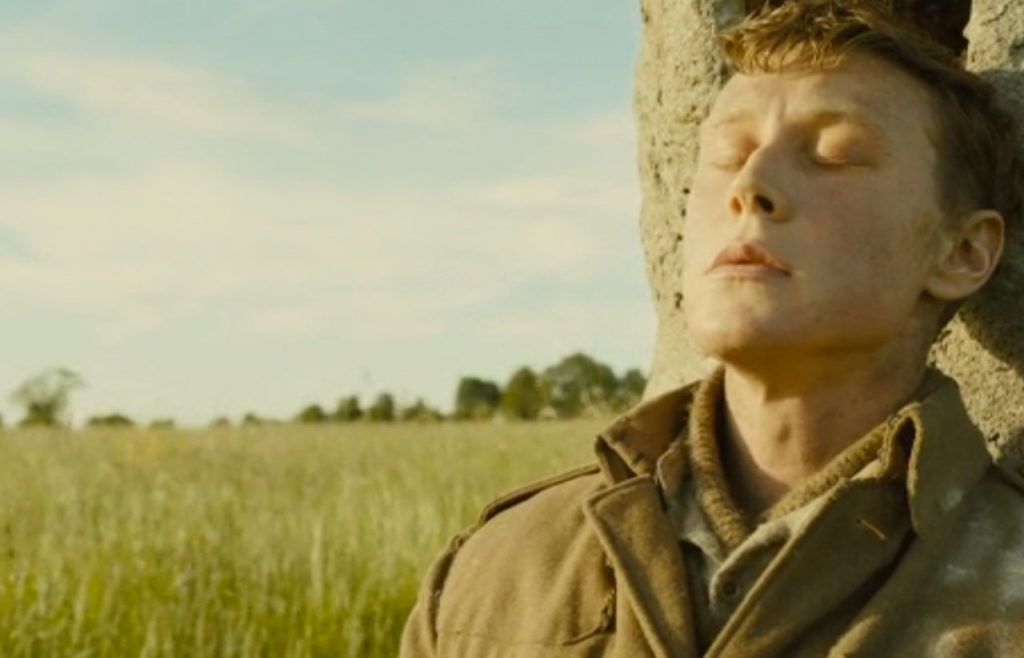
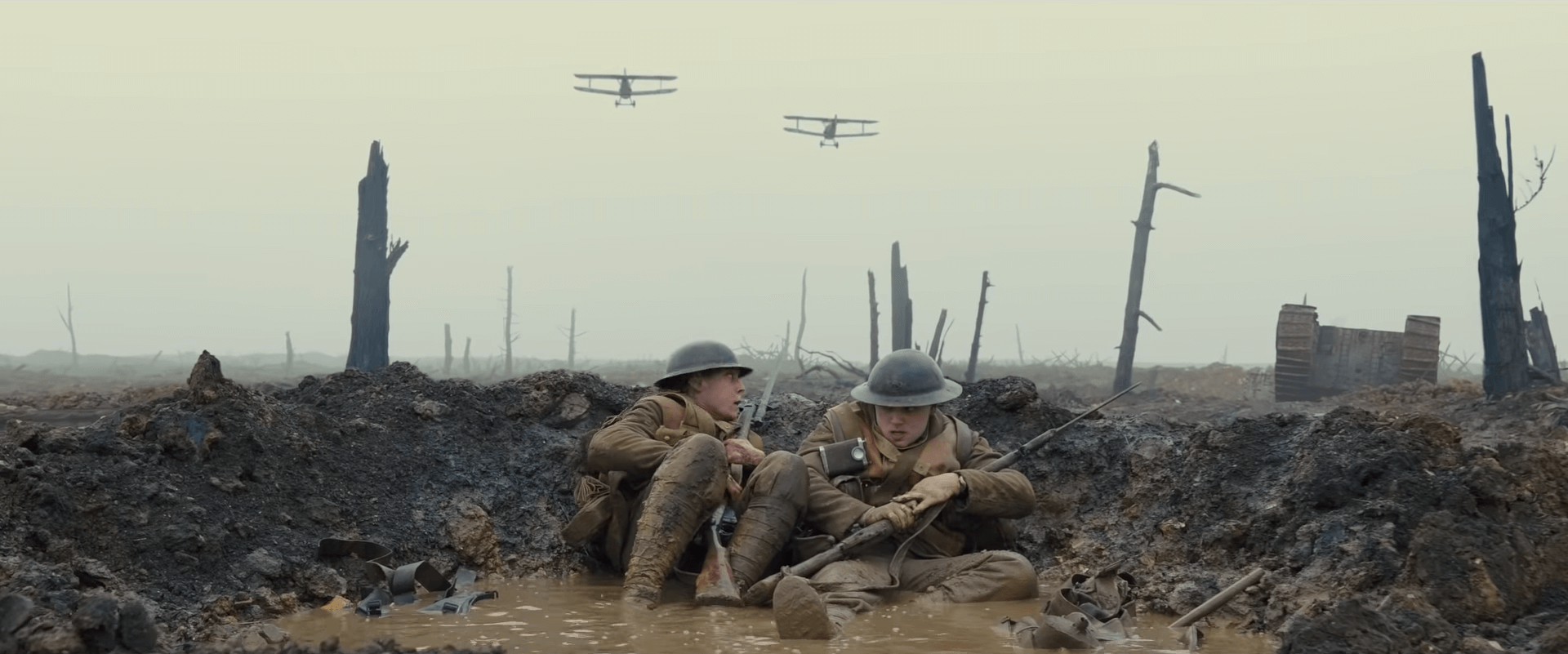
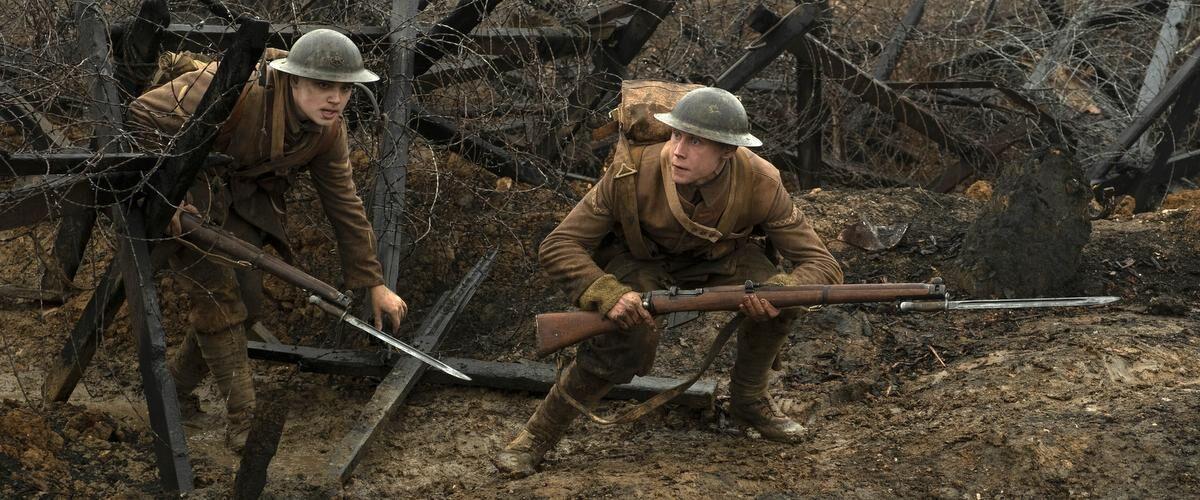


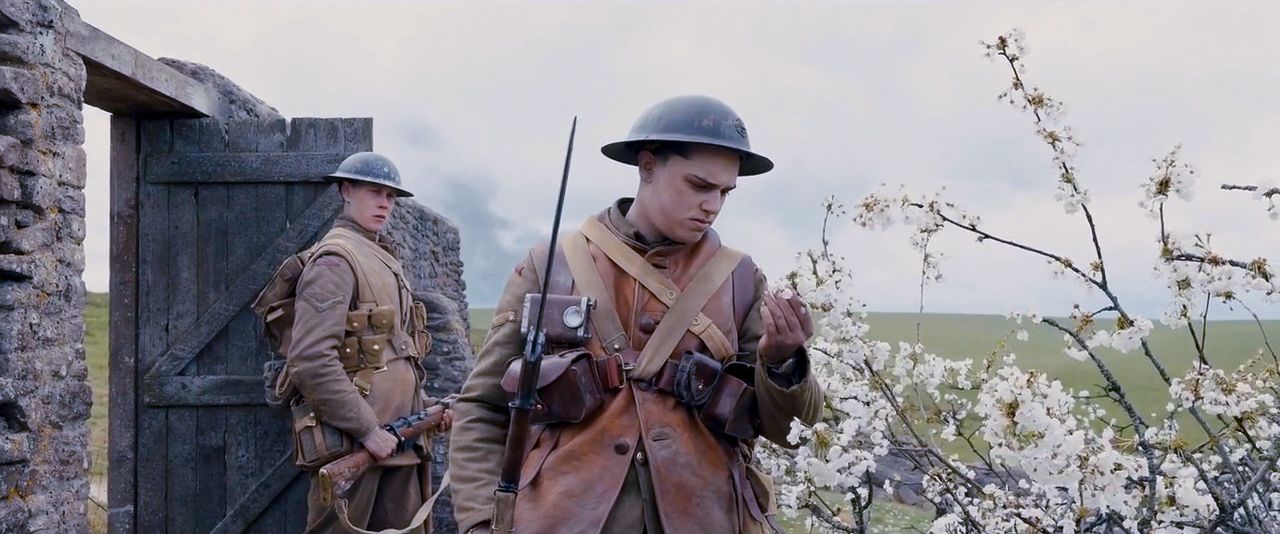

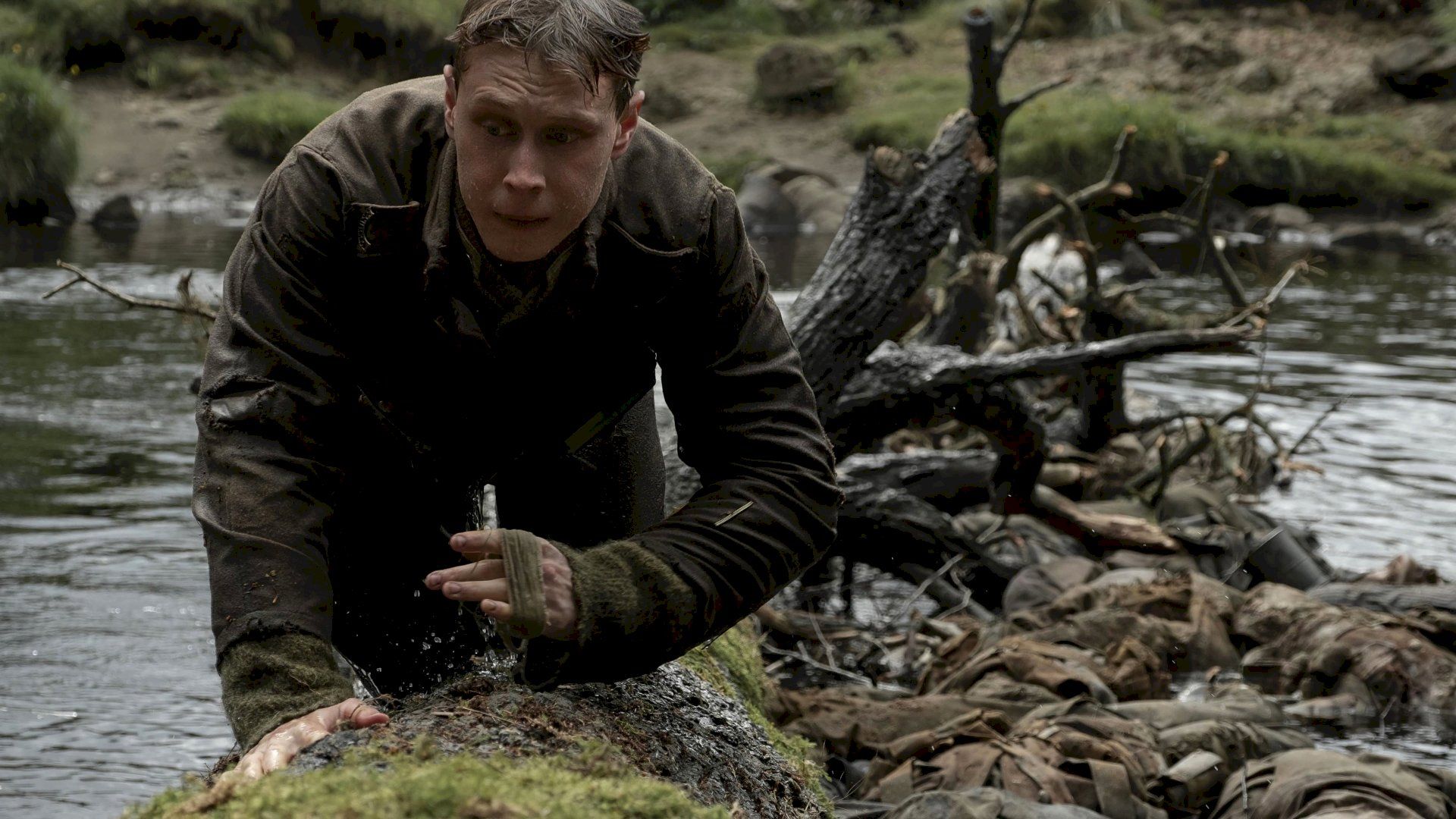
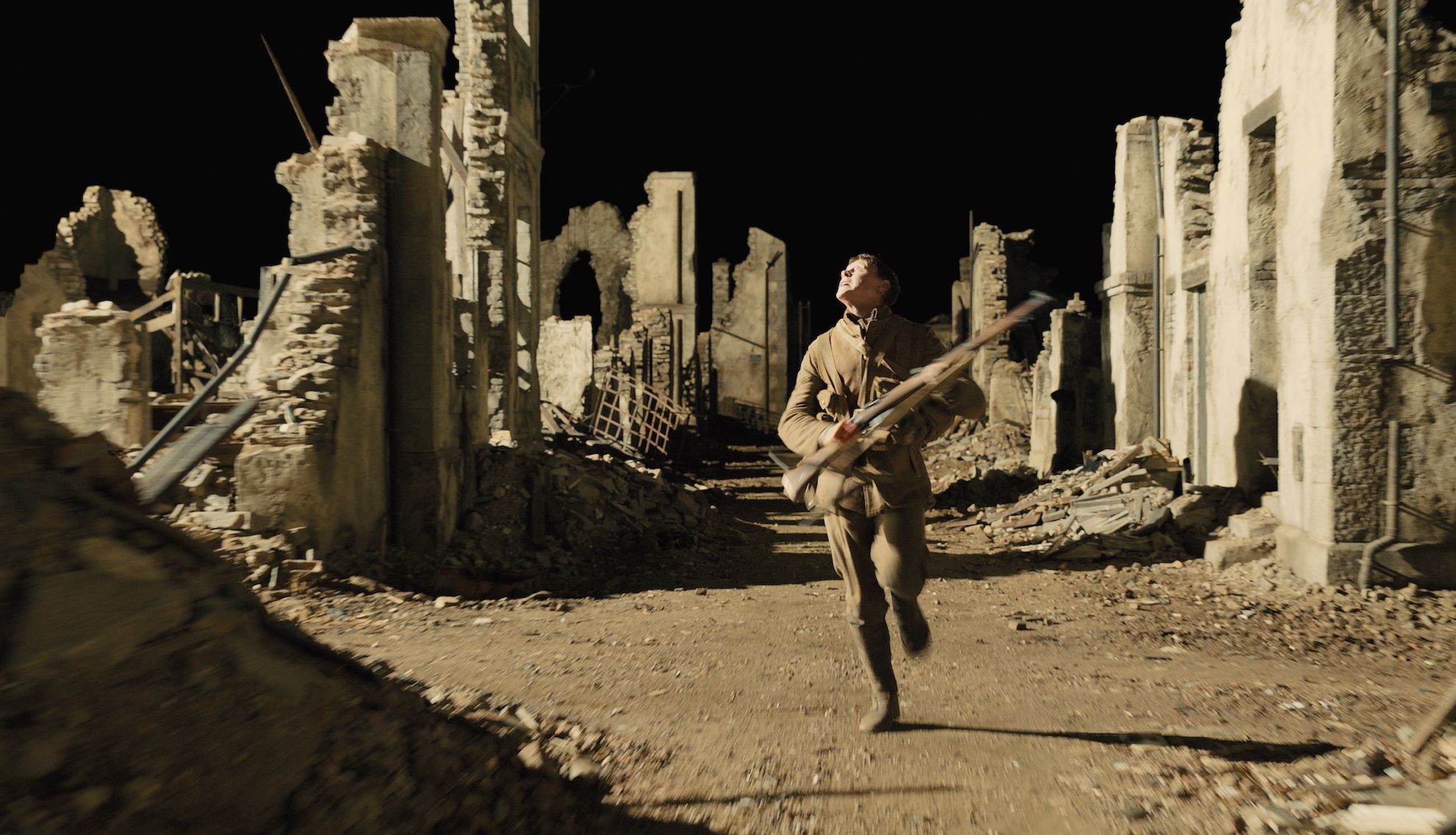
Look at the use of trees and buildings in the film 1917 to evoke ideas of home.
Also, some images and sounds may only act as imagery. They may be evocative and act as an easter egg throughout the story, but if they're not connected to the theme, idea, or character, then they carry no meaning.
We also mustn't confuse homage with symbolism. If you allude to a movie, song, book, or other media, this doesn't necessarily mean it's carrying your story's theme.
Also, your images and sounds, whether encoded or not, may be misinterpreted by your audience. They may bring their own meaning, subvert it, or completely misunderstand it. But once we release our story to the world, we no longer control its meaning.
Final Thoughts
As we've explored throughout this page, themes often emerge naturally through the choices you make in your storytelling. Your job as a writer is to recognize, shape, and refine these themes to enhance your story's depth and resonance.
Theme and symbolism are powerful tools for communicating complex ideas:
- They allow you to explore concepts you're still grappling with intuitively
- They provide a means to address sensitive topics that might face resistance if stated plainly
- They act as a Trojan Horse, allowing challenging ideas to bypass barriers and connect with your audience on a deeper level
Remember, there's no single "right" way to develop theme and symbolism in your story:
- You can start with the story, character, or theme itself
- You can use structured approaches like WOARO or +/- values
- You can rely on intuition and let themes emerge organically
- You can employ symbolism to reinforce your themes visually or aurally
The key is to find a balance that works for you and your story. Experiment with different methods and trust your creative instincts.
Finally, whichever approach you choose—deliberate or intuitive—don't lose sight of your theme in the rewrite. As you revise, remain aware of how changes affect your thematic elements and symbols. Your theme is the heart of your story; nurture it from first draft to final edit.